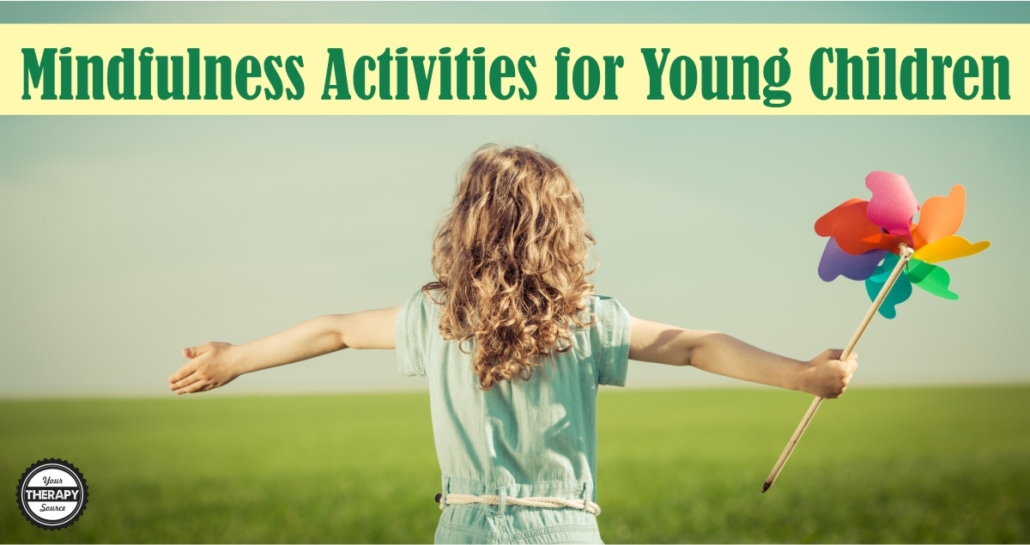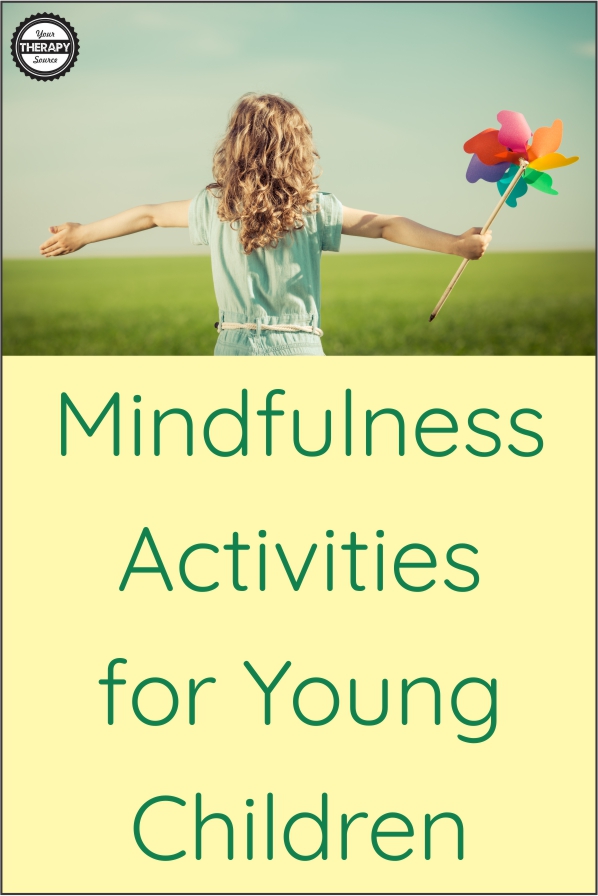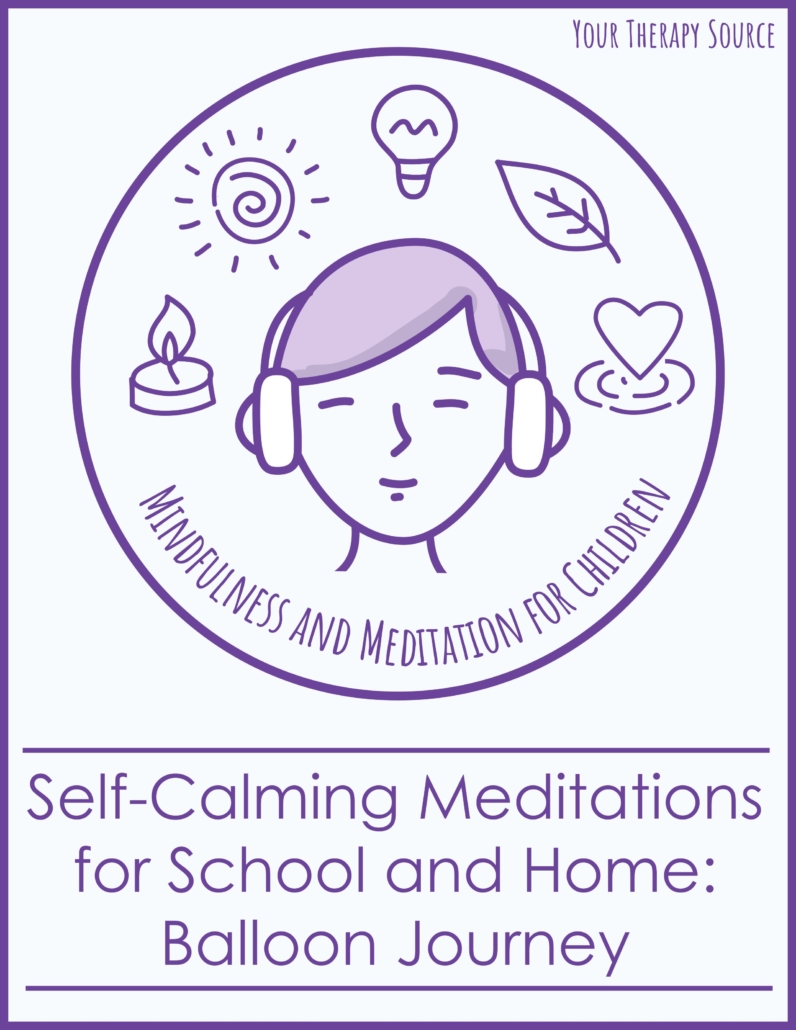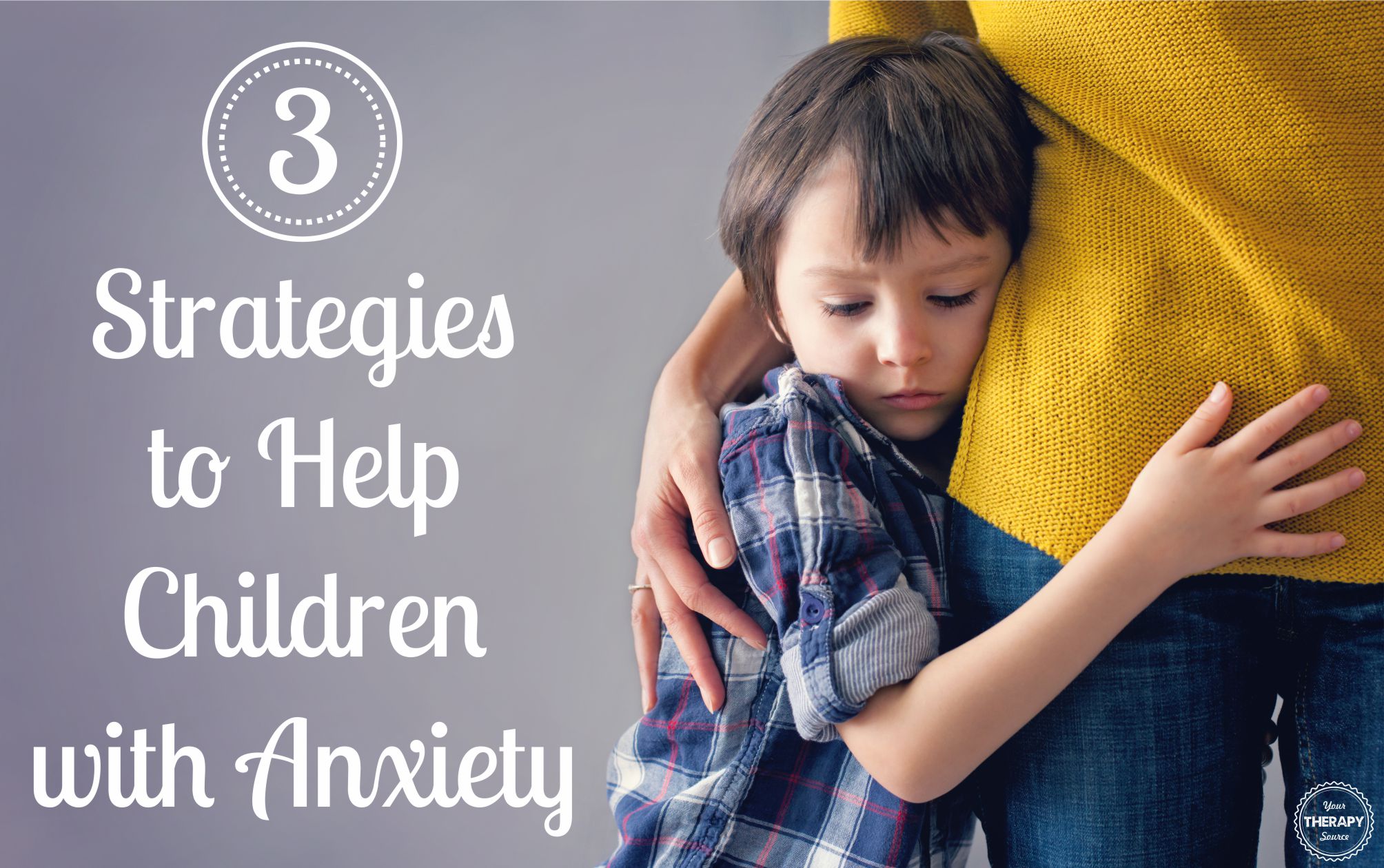Mindfulness Activities for Children

Mindfulness can be defined as paying attention in a particular way: on purpose, in the present moment, and non-judgmentally. Research indicates that mindfulness techniques in school aged children can help to improve: sense of well being, ability to focus, relaxation and self regulation. Although mindfulness practices have not been studied in younger children (i.e. preschoolers) extensively, young children do experience a fast paced, hurried, high pressure, high technology lifestyle and mindfulness activities for children may help well being in school and at home.
How Can Being Mindful Help Young Children
When we teach children mindfulness activities, it can help them to improve: sense of well being, ability to focus, relaxation and self regulation. One of the critical skills is self-regulation. The ability to self-regulate effects our social emotional skills throughout our entire lives.
Children need to be able to manage impulses needed to make choices and calm themselves to be ready to learn and accept new information. Part of those skills also needs to include the ability to filter out distractions and avoid sensory overload. When children learn to master self-regulation they are better able to be ready to learn.
Early educators and parents should take the time to provide mindfulness activities to encourage children to increase awareness of their:
- environment around them.
- breath
- bodies
- feelings.
Mindfulness Activities for Young Children
Mindfulness practices can be naturally embedded into existing classroom routines and rituals to support well-being and self-regulation during the early years. Here are five suggested mindfulness activities.
- Mind and body activities such as yoga poses for children
- Guided meditation and visualization – try this Triathlon imagination action journey that combines visualization with movement. The 5 Minute Meditations for Kids – Balloon Journey can help children learn deep breathing techniques to help them self-calm.
- Reflective breathing – try bumble bee breathing
- Specific games designed to support children’s deeper awareness of their own feelings and thoughts.
- Specific games designed to support children’s deeper awareness of their own behaviors and reactions. Read about 10 games that help to develop self regulation skills.
Tips and Suggestions on Encouraging Mindfulness for Children
As adults we can help guide the classroom and the home to encourage mindfulness in children. First and foremost, it is important to recognize diversity in children. When children step into your classroom, they come from all backgrounds including but not limited to various social and economic, gender expression, culture and race, and learning differences. In addition, at home and school, children experience varying degrees of stress. Be mindful of openly responding to and supporting children so they can participant in learning and growing.
Create a variety of mindfulness activities to chose from and follow the children’s lead. Incorporate these activities throughout your daily routine.
Have a calming corner or cozy area in your home where children can go to be still and quiet. You can read several suggestions here are how to create a calm down corner.
Be aware of when children may need to take a break and pause. This will help children learn how to recognize the signs of when their bodies and minds need to be quiet and still to recharge.
Educate parents, students and other educators on meditation. Take the time to explain that meditation is a tool that can be used anywhere and that it is particularly helpful when we need to relax if we are feeling upset, nervous, worried, or overexcited. Remind children and adults that the more you practice meditation and mindfulness, the easier it becomes.
More Resources on Mindfulness and Children
Reach more on Teaching Mindfulness To Children
Read more on Mindfulness and Yoga for School Children.
Read more on Sensory Processing Styles and Mindfulness.
Read more on Self Regulation and Yoga in Preschoolers.
Read more about self regulation skills or check out the Self Regulation Skills Curriculum – Work, Move, Breathe.
Reference: Erwin, E. J., Robinson, K. A., McGrath, G. S., & Harney, C. J. (2017). “It’s Like Breathing In Blue Skies and Breathing Out Stormy Clouds” Mindfulness Practices in Early Childhood. Young Exceptional Children, 20(2), 69-85.

Breathing Breaks: This digital download is a collection of 16 deep breathing exercises and 3 tip sheets. Deep breathing exercises can help to decrease stress, reduce anxiety, remain calm, strengthen sustained attention, sharpen the ability to learn and more! This packet includes 16 full page breathing exercises and 3 tips sheets in color or black and white. In addition, the breathing exercises are provided 4 to a page to make smaller cards or booklets. FIND OUT MORE INFORMATION.




